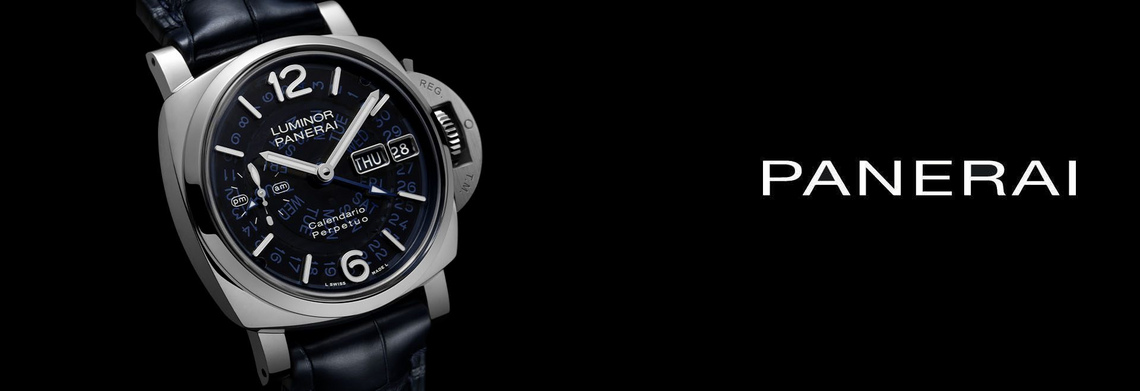
OFFICINE PANERAI ANNOUNCES THE RESTORATION OF THE CLOCK OF THE FLORENCE DUOMO, KNOWN AS THE “CLOCK OF PAOLO UCCELLO”
OFFICINE PANERAI ANNOUNCES THE RESTORATION OF THE CLOCK OF THE FLORENCE DUOMO, KNOWN AS THE “CLOCK OF PAOLO UCCELLO”
Officine Panerai presents the restoration project of the mechanism of the great clock of the Florence Duomo. It is known as the “clock of Paolo Uccello”, so named after the great Renaissance artist responsible for the sophisticated decoration of the dial in 1433.
Set in the interior facade above the central door, in a space concealed from sight, the clock is one of the very few in the world which shows the time based on the “Italic Hours” system.
Opera di Santa Maria del Fiore, in agreement with Officine Panerai, entrusted the restoration to two of the greatest experts in the field, Professor Andrea Palmieri and Professor Ugo Pancani, of the Centro Studi per il Restauro di Orologi of the I.S.I.S Leonardo da Vinci in Florence. The restoration, which has put the mechanism of the clock back in working order, was made possible thanks to the contribution of Officine Panerai, the House of haute horlogerie sports watches which was founded in Florence in 1860 and has its own historic boutique a few yards from the Duomo in the Archbishop’s Palace, facing the Baptistery.
The clock of the Florence Duomo is unique in the world not only because of its remarkable position and the painting of its dial but also because it keeps Italic Time, a way of measuring time which in antiquity was known as “Julian Time” (after Julius Caesar, who in 46 bc introduced the Julian Calendar developed by Sosigenes of Alexandria). Unlike modern dials, Italic Time – also known as “Ave Maria” or “Italian Time” – has a single hand moving round the dial anti-clockwise and the 24th hour is not midnight but the hour of sunset, from which the counting of the hours starts. Therefore the clock must be adjusted throughout the year so that the last hour of the day is always the hour of sunset.
As Giorgio Vasari wrote (“Paolo painted the hours on the dial above the main door inside the church, with four heads in the corners painted in fresco”), it was the Florentine painter Paolo Uccello (born Paolo di Dono, 1397-1475) who painted the dial of the clock which is almost seven metres in diameter.
On the dial the great artist painted the 24 hours in Roman numerals in ascending order, but anti-clockwise. In the four corners he painted four mysterious heads of men with haloes who seem to be looking downwards towards the centre: according to some people they are prophets while others believe they are the four evangelists. The restoration work started with the complete dismantling of each component, followed by a targeted cleaning operation to remove the layers of harmful substances.
The restoration project ended with the complete reassembly of the mechanism and then fine tuning it, evening it up and adjusting its rate.



